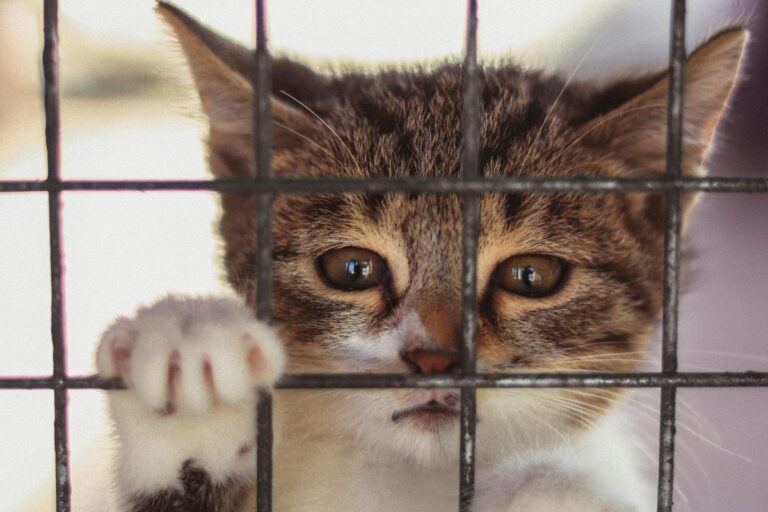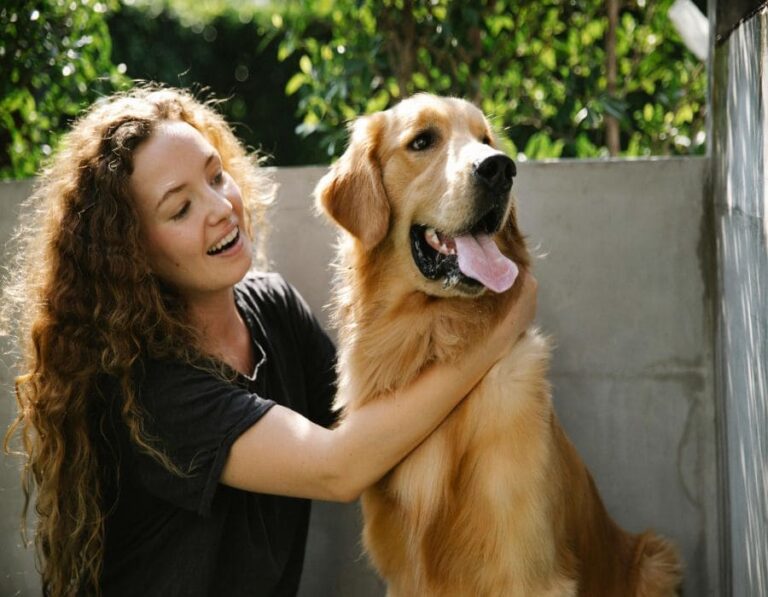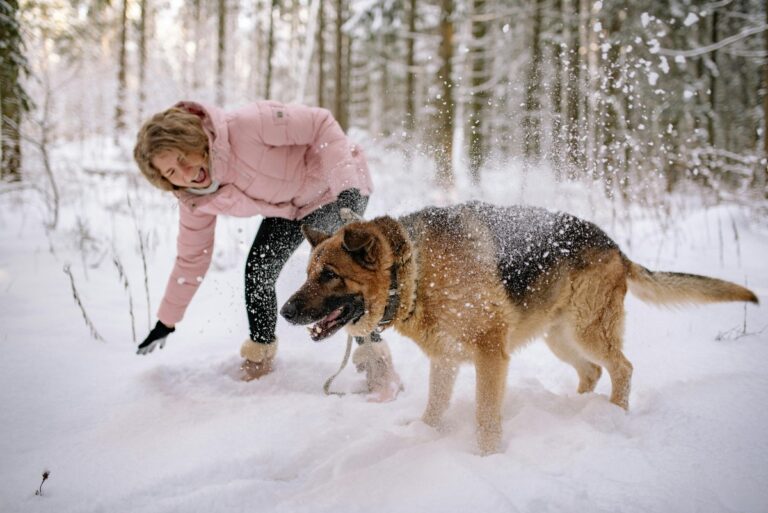9 Natural Predators in the U.S. to Be Wary of If You Have a Dog
As a dog owner, it’s important to be aware of the potential dangers lurking in the wild, especially when it comes to predators that may pose a threat to your furry companion. While most dogs are not typically at risk from wildlife, there are certain natural predators in the U.S. that can be dangerous to dogs, particularly if they’re left unsupervised or are roaming in areas where these predators are common. Here’s a look at 9 natural predators in the U.S. that you should be wary of if you have a dog.
1. Coyotes
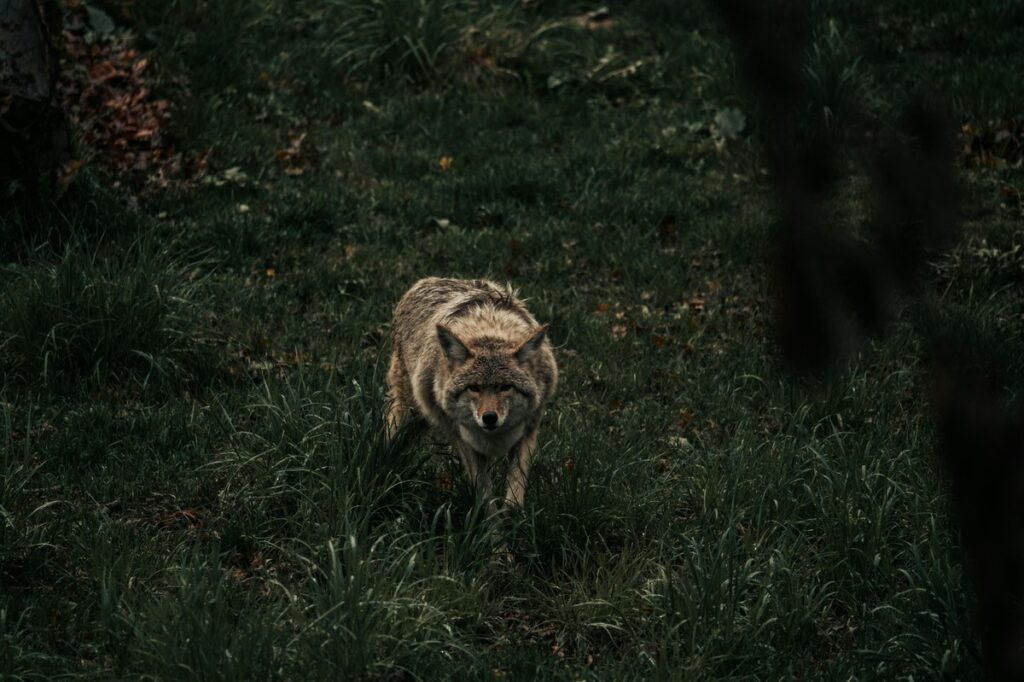
Coyotes are widespread across North America and are often found in both rural and urban areas. They are highly adaptable and can pose a threat to small and medium-sized dogs. While coyotes typically hunt smaller prey, they have been known to attack dogs, especially if they feel threatened or if a dog is left alone outside. Coyotes can be particularly dangerous at night or during dawn and dusk when they are most active. To protect your dog, always supervise them when outside and ensure your yard is well-fenced.
2. Wolves

Wolves, although rarer than coyotes, are still present in certain areas of the U.S., particularly in Alaska, Montana, and Wyoming. They are larger and stronger than coyotes and may target domestic dogs, especially in more remote areas. Wolves are territorial and may view your dog as a competitor or threat. While attacks on dogs are not common, they are still a potential danger if your dog is roaming in wolf-inhabited regions. Always keep your dog leashed or within a securely fenced area when hiking in wilderness areas known to have wolves.
3. Mountain Lions (Cougars)
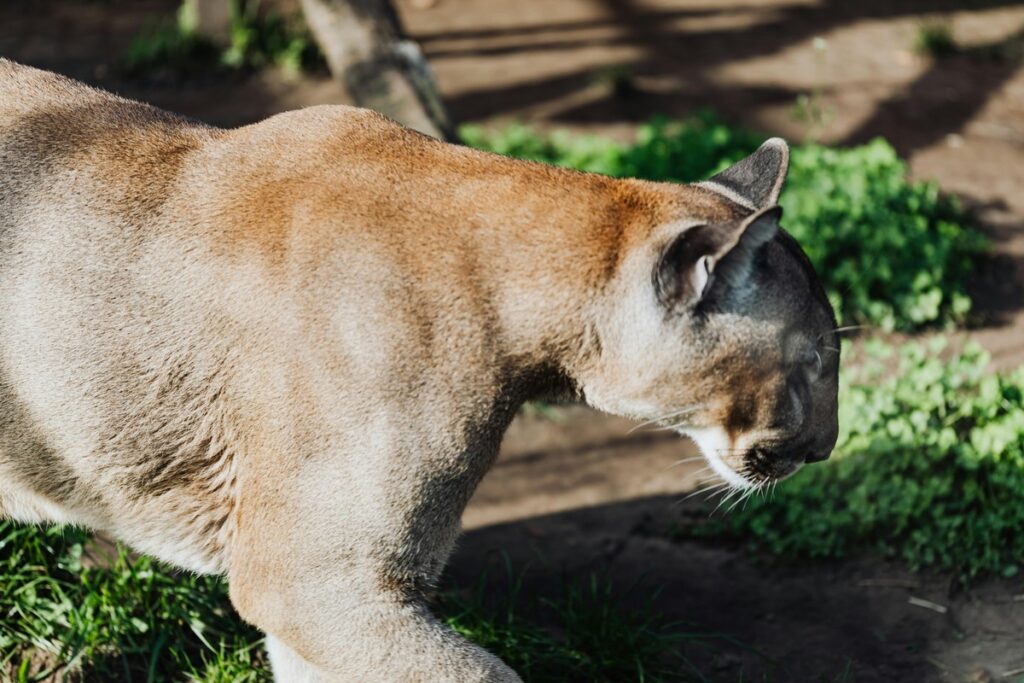
Mountain lions, also known as cougars, are large, powerful predators that can be found in the western U.S., including parts of California, Colorado, and Arizona. While rare, attacks on dogs have been reported, especially in areas where mountain lions are active. Mountain lions typically prey on deer and smaller mammals, but they will not hesitate to target a dog, especially if the dog is small or left outside unattended. If you live in or visit areas where mountain lions are known to roam, always keep your dog on a leash, and be cautious during dawn or dusk when these predators are most active.
4. Bears
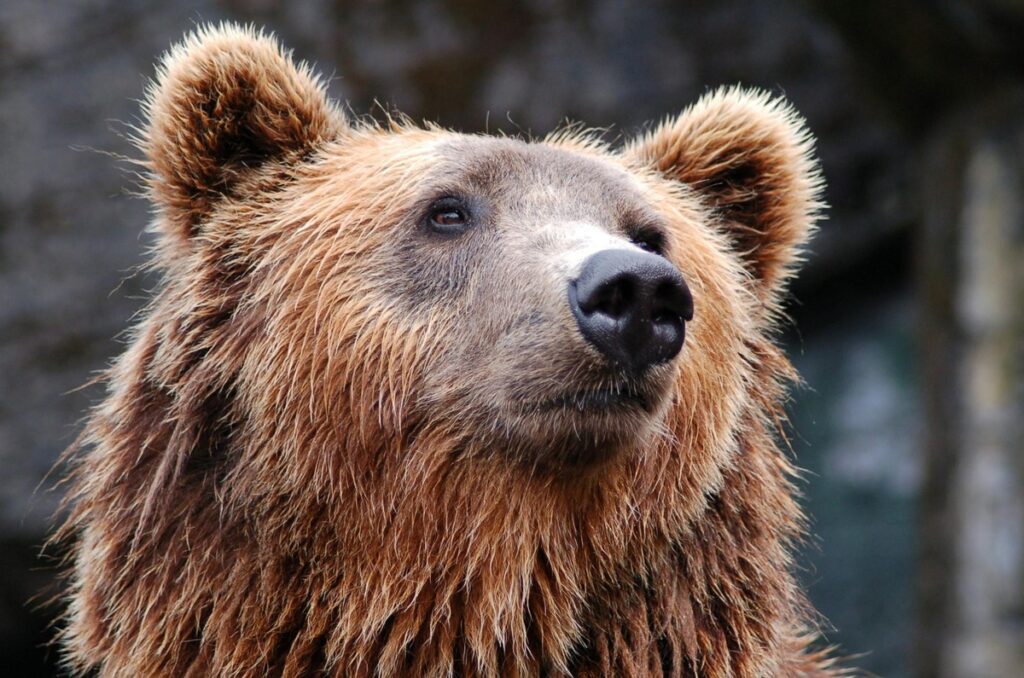
Bears, particularly black bears and grizzly bears, are found in many parts of the U.S. Bears are often drawn to food sources, including pet food, and may approach homes or campsites where dogs are present. Though bears usually avoid humans, they can pose a serious threat to dogs, especially if the bear feels cornered or threatened. If you’re hiking or camping in bear country, keep your dog on a leash and be mindful of your surroundings. Avoid leaving your dog unattended outside, especially during the bear’s feeding times in the early morning or evening.
5. Bobcats
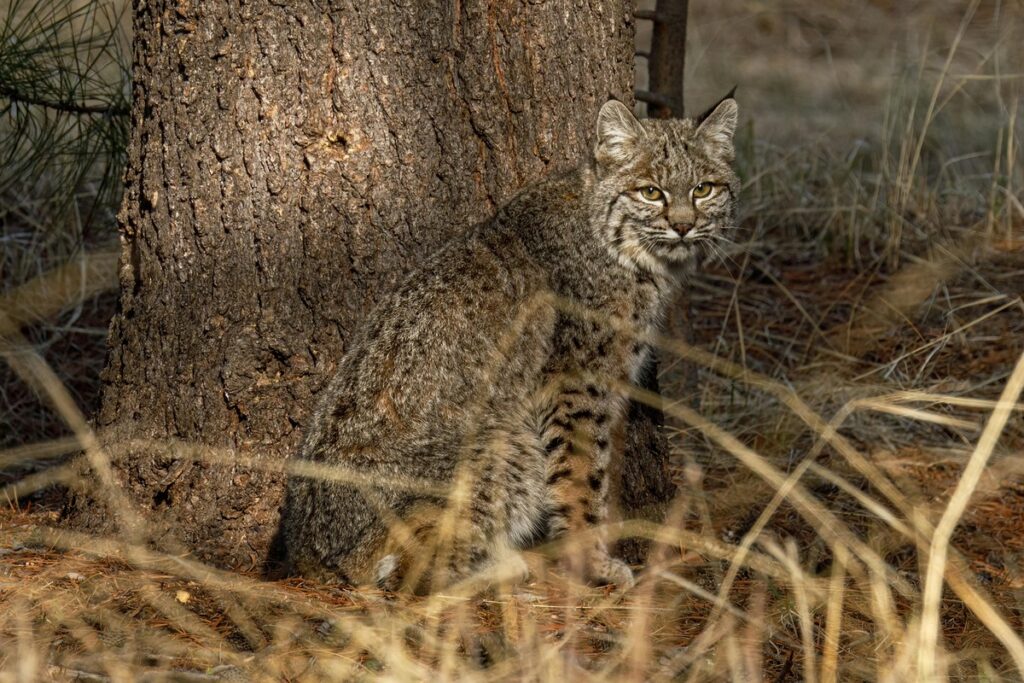
Bobcats are solitary and elusive predators, but they are present in many areas of the U.S., including the southern states and parts of the northeast. Bobcats primarily hunt smaller mammals and birds, but they may attack small dogs, especially puppies or small breeds, if they feel threatened. Bobcats are generally shy around humans but can pose a danger to dogs if cornered or provoked. If you live in a wooded or rural area, it’s important to keep small dogs inside or within a securely fenced area.
6. Snakes
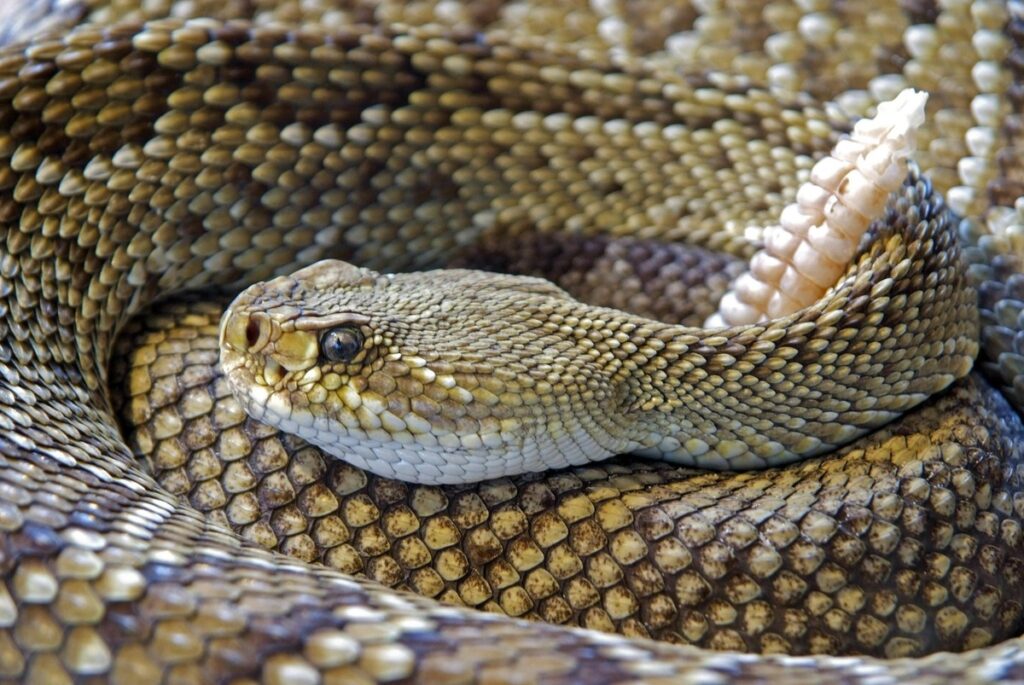
Venomous snakes, including rattlesnakes, copperheads, and cottonmouths, pose a significant danger to dogs, particularly in rural, rocky, or wooded areas. Dogs are naturally curious, and if they encounter a snake, they may get bitten. While snakes typically don’t seek out dogs, their defensive strikes can be life-threatening. If your dog is bitten, immediate veterinary care is crucial. To prevent encounters, keep your dog on a leash when hiking, especially in snake-prone areas, and stay on well-worn paths.
7. Wild Boars
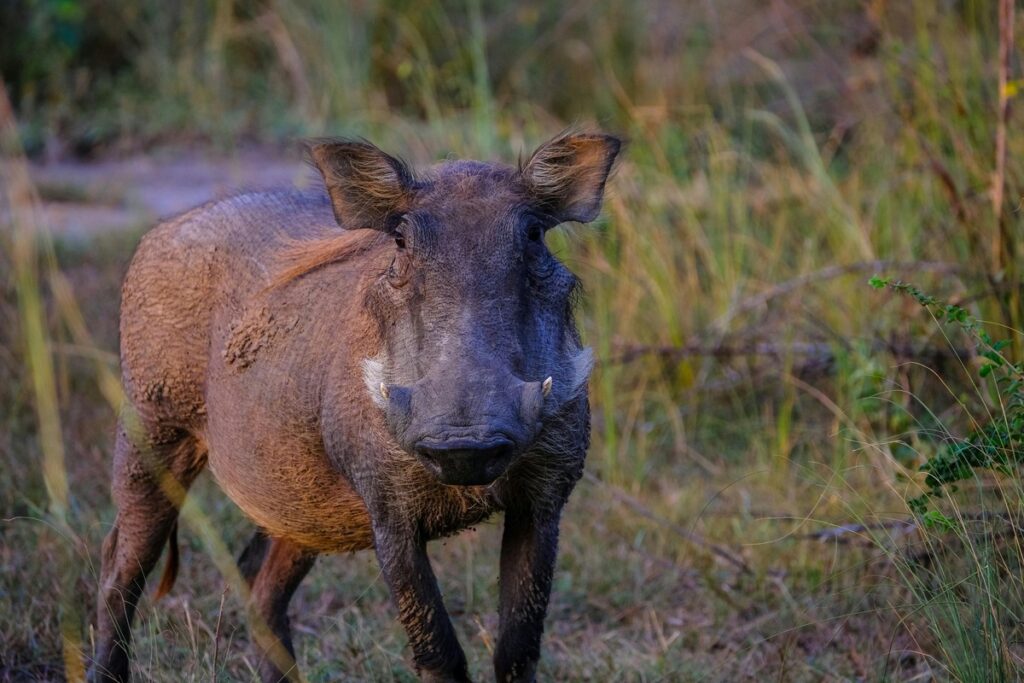
Wild boars, or feral pigs, can be found in parts of the U.S., especially in the southeastern and central regions. While not typically predatory toward dogs, wild boars are aggressive and strong, and they may attack a dog if they feel threatened or cornered. Feral pigs are particularly dangerous to small dogs or puppies, as they have sharp tusks and can inflict serious injuries. If you live in or visit areas with wild boar populations, it’s important to keep your dog leashed and under control at all times.
8. Foxes
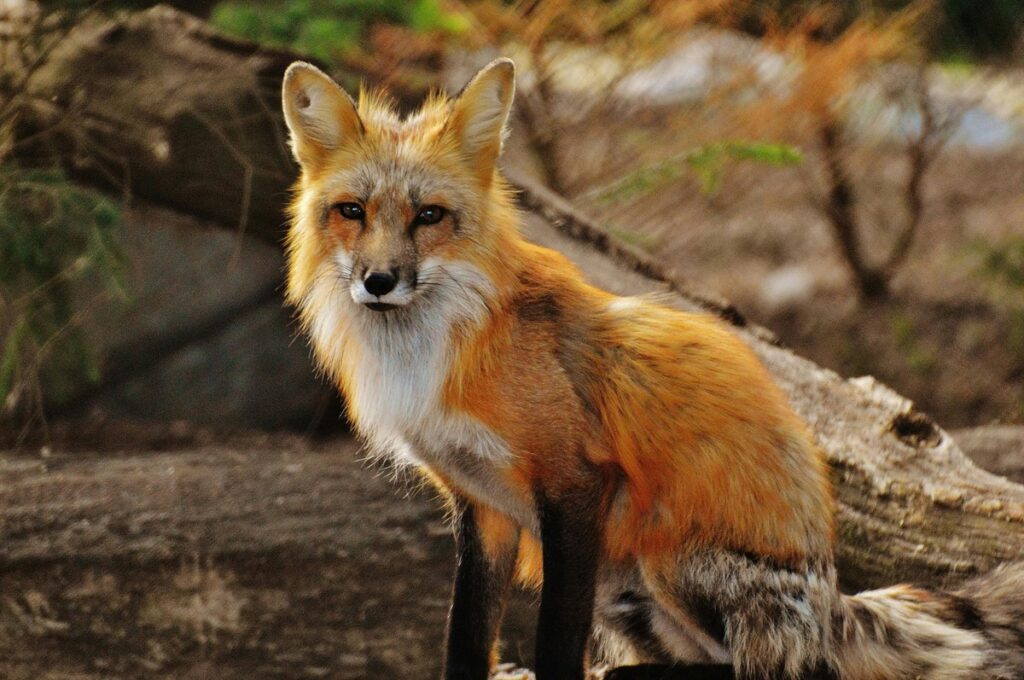
Foxes are usually shy and avoid humans, but they can still pose a threat to small dogs, especially puppies. Foxes are opportunistic hunters, and while they generally prefer to hunt rodents, they may target small dogs, particularly those left outside unsupervised. Foxes can also carry diseases such as rabies, so it’s important to keep your dog’s vaccinations up to date. If you live in an area with a high fox population, be cautious and make sure your dog is inside or within a securely fenced area.
9. Raccoons
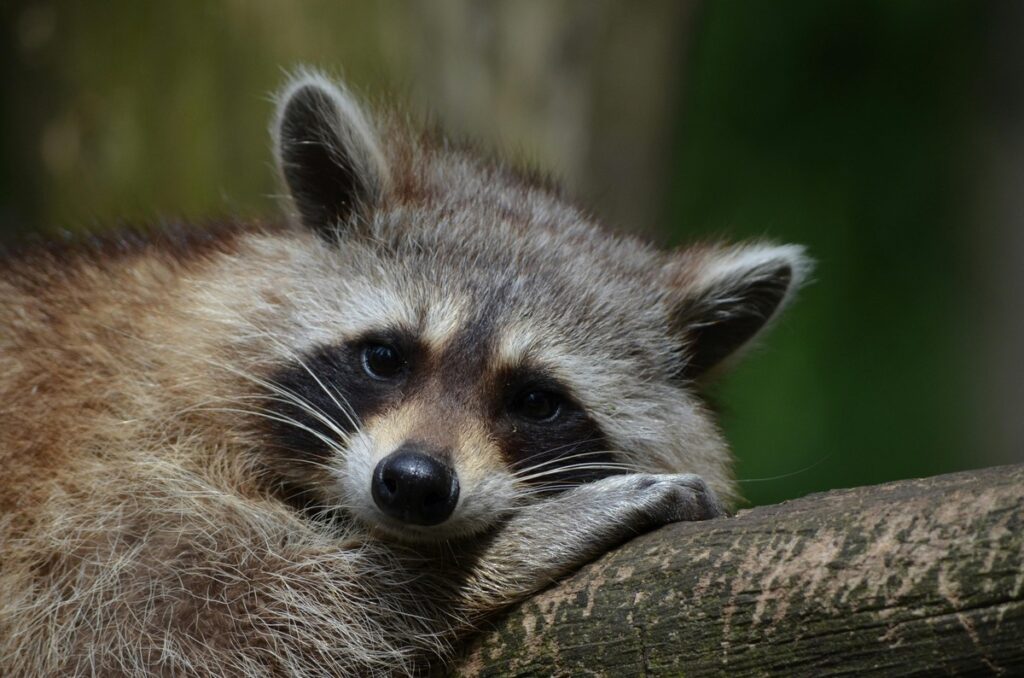
Raccoons are not typically predators but are known to be curious and can be dangerous to dogs, especially small ones. They may attack a dog if cornered or threatened, using their sharp claws and teeth. Raccoons can also carry diseases like rabies, which poses a health risk to dogs. If your dog encounters a raccoon, especially at night, there is a risk of injury or disease transmission. Keep your dog on a leash and avoid letting them roam freely in areas where raccoons are known to frequent.
Conclusion

While many dogs can live peacefully in natural environments, certain predators pose a real threat to their safety. Coyotes, mountain lions, and bears are some of the most dangerous animals that could target your dog, especially if they are left unsupervised. To ensure your dog’s safety, always supervise them during outdoor activities, particularly in areas known to be home to these predators. Keeping your dog within a securely fenced yard or on a leash during walks can greatly reduce the risk of an encounter with dangerous wildlife. By staying vigilant and understanding the natural predators in your area, you can help keep your dog safe while enjoying the outdoors.




